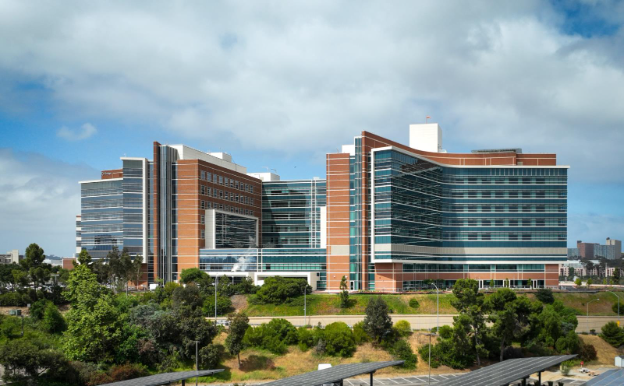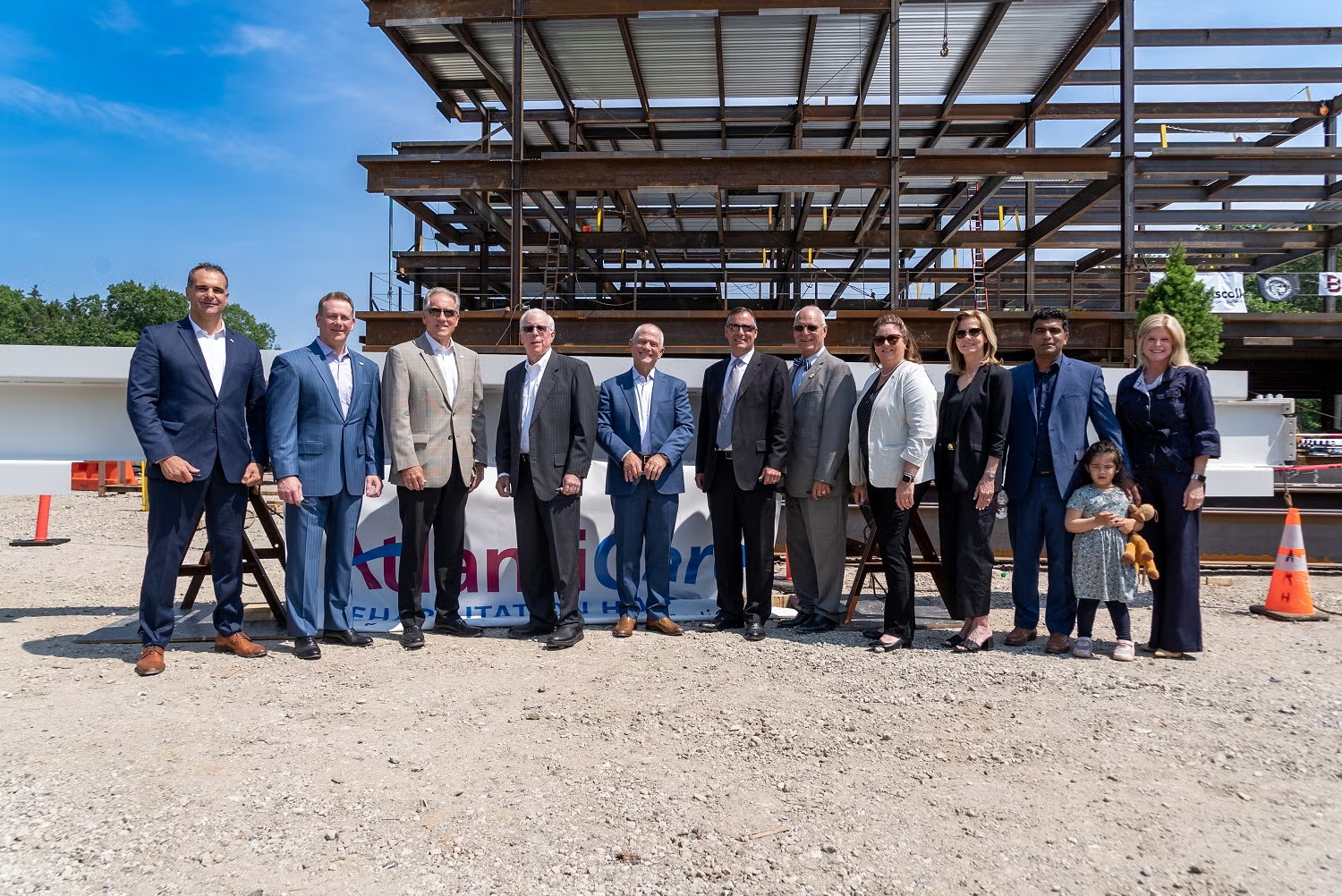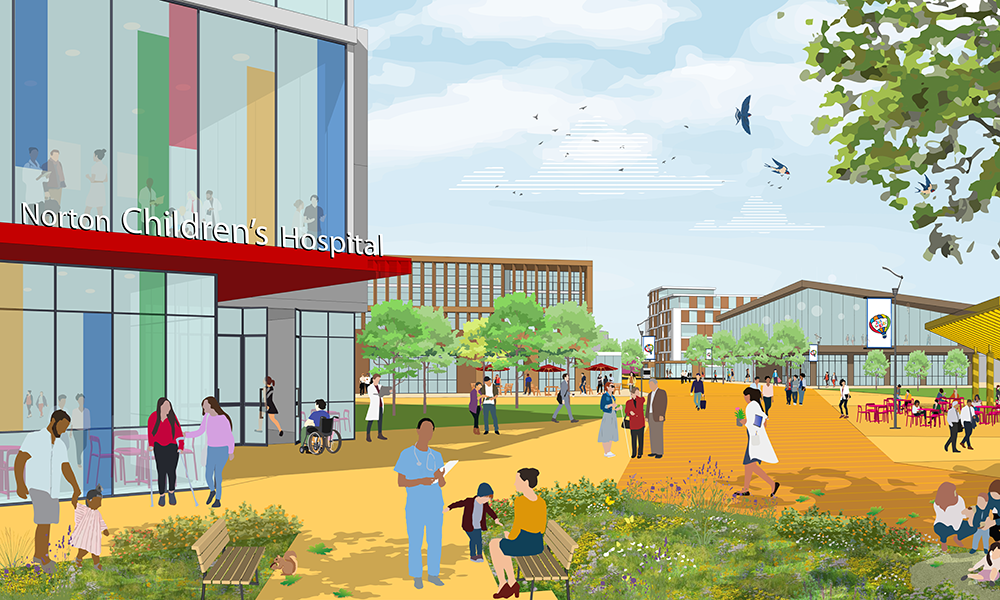Capital constraints, a shortage of debt financing and the poor economy are creating difficult times for many. Hospitals officials are facing several factors outside of their control that could have the potential to severely inhibit continued growth.
The current do-nothing or capital-freeze approach many hospitals are taking can be detrimental to their necessary future growth. Today’s economic conditions are not as favorable as they once were, but even though resources are down, needs remain and hospitals must continue to grow.
If projects are put on hold for too long, the opportunity to gain future market share and keep existing infrastructures up to date could be in jeopardy. Outpatient medical offices and other ancillary facilities continue to be essential investments for continued success.
There is no reason for hospitals to wait another year or two before they implement a plan — most likely financing will still be tight in 2011.
Hospitals can start working with developers that have money available now. Even if a hospital is experiencing a capital freeze, now is the perfect time to interview developers and identify which ones have the resources to help meet their goals.
While hospitals might not be able to raise the capital for a much-needed medical office building or outpatient facility, they can benefit greatly by partnering with an experienced healthcare real estate developer.
Even in today’s economy, a strong developer will have access to capital and the relationships with investors and lenders that are necessary to obtain construction and permanent financing.
The best developers will also have a highly successful track record and will have many examples of recent healthcare projects.
When working with a good development partner, a hospital should not be required to make an upfront investment, assume any debt or even sign a master lease for the space.
Many developers will also perform a free and comprehensive feasibility study before the development officially gets under way. Instead of costing hospitals money, new developments can be designed to generate additional income.
On-Campus Space
It can be very beneficial for a hospital’s bottom line to work with a developer to shift space from within the hospital that does not generate revenue to a new on-campus medical office building.
To take maximum advantage of a new on-campus MOB, hospitals can establish additional revenue-generating services that they previously could not accommodate, such as a single-specialty ambulatory surgery center that can drive incremental surgery to the campus or a joint-venture imaging center.
In late 2008, Pacific Medical Buildings of San Diego, partnered with St. Joseph’s of Orange Hospital in Orange County, Calif., to develop a new on-campus 130,000-square-foot MOB and a 1,086-space parking structure.
PMB owns and manages the new MOB and St. Joseph Hospital has a long-term lease for approximately half of the 70-story facility. This mutually beneficial agreement allows the hospital to maintain control over building tenants and medical-related services in the building.
The hospital will utilize its leased half of the facility for a rehabilitation center to complement its growing oncology program with a cancer registry, comprehensive breast center, palliative care support offices and a specialized oncology-related appearance center.
The new MOB provides a better economy for developing a new acute care hospital facility, making the decision a profitable one for the hospital.
Off-Campus Space
When hospitals expand their market share and establish a presence in a new location, they can become more profitable. When they can expand their market share by using a developer to finance and build a new off-campus space it can be a winning situation for both entities.
Officials at Providence Holy Cross Mission Hills Hospital in Mission Hills, Calif., worked with PMB to identify and purchase land for a new three-story, 78,000-square-foot off-campus outpatient facility, 15 miles from the main hospital on one of the most prominent sites in the Santa Clarita Valley.
PMB performed a comprehensive study to determine the best site for the outpatient facility, and chose a corner parcel across from the town center in Newhall. Although PMB owns the land and the building, the hospital has a say on what goes in the building because it leases approximately 25 percent of the space.
The facility is home to a surgery center, imaging center, cancer center and the Facey Medical Group. A computerized system for results reporting links the off-campus building to the main hospital.
Outside Revenue
With the help of a developer, hospitals can participate in developments that include additional types of revenue-generating tenants and structures.
Non-medical tenants can be a beneficial addition for a MOB. By taking advantage of a very visible and accessible location, a hospital can consider establishing retail space in a building to generate new non-direct patient care revenue.
Hospitals across the country are including non-traditional tenants, such as bistros, coffee shops and fitness/lifestyle management centers, into their MOB and have even incorporated some of the same tenants within their hospitals.
There is also a trend to lease to non-traditional clinical tenants, such as alternative medicine practitioners. These can include homeopaths, naturopaths and acupuncturists.
The Roy and Patricia Disney Family Cancer Center in Burbank, Calif., houses an integrative mind/body/spirit program for cancer. In addition to traditional services associated with a cancer center, the facility includes medical office space, a personal-appearance office, and a rehabilitation and a wellness center.
Selecting the Right Developer
The current economy has made selecting the right developer more important than ever. The economy has changed and with it, the criteria that hospitals should use to choose a developer should change. By using a good set of criteria, hospitals can avoid making a very expensive mistake:
• Select a developer that has access to capital and strong relationships with investors and lenders, and that can provide construction and permanent financing. Many developers are having the same problems accessing capital as hospitals, which limits their ability to satisfy lender requirements.
• Select a developer with a successful track record. Find out who they use as lenders and ask about recent projects, including buildings under construction and in development.
• Select a developer who will not require the hospital to make an investment, assume debt or master lease space.
• Select a developer who encourages physician investment in your project.
• Select a developer who has a record of transparency in their transactions.
• Select a developer who can provide construction completion and loan guarantees and has adequate net worth to satisfy lender requirements. Verify the developer’s ability to raise equity and secure debt. Consider selecting a developer who has a relationship with a REIT.
• Select a developer who can provide a comprehensive range of services from project development to property management.
•Select a developer who is willing to perform a free and comprehensive project feasibility study.
Barry Weinbaum is director of business development for Pacific Medical Buildings. Contact him at (800) 472-1005 or bweinbaum@pmbllc.com.





